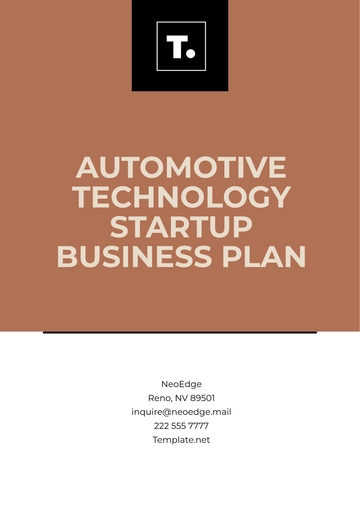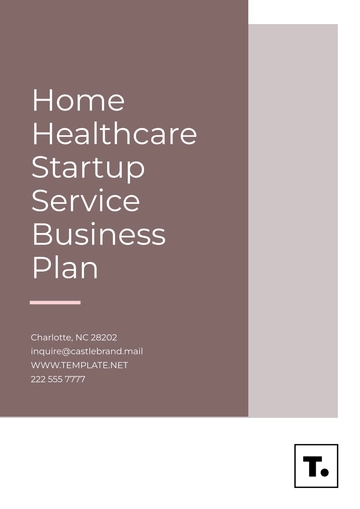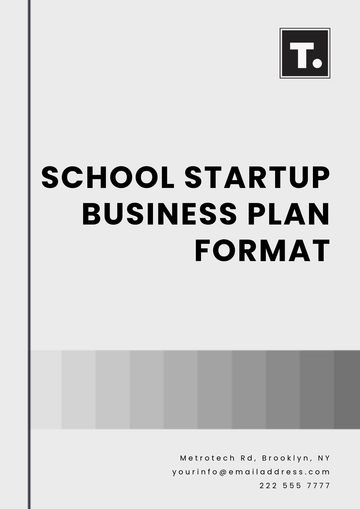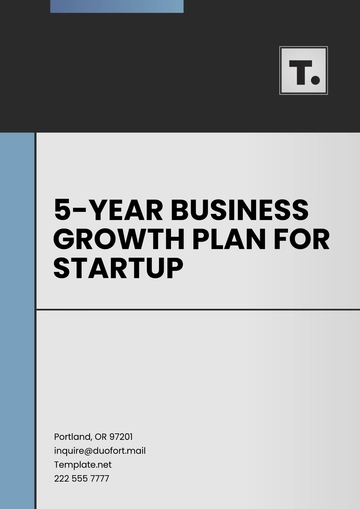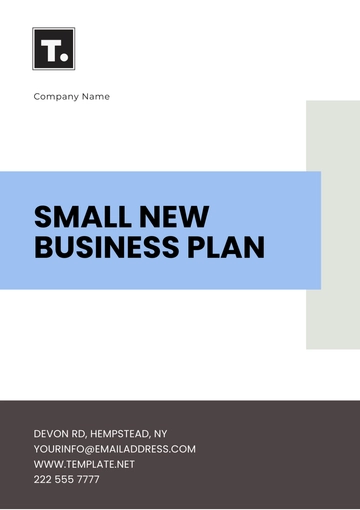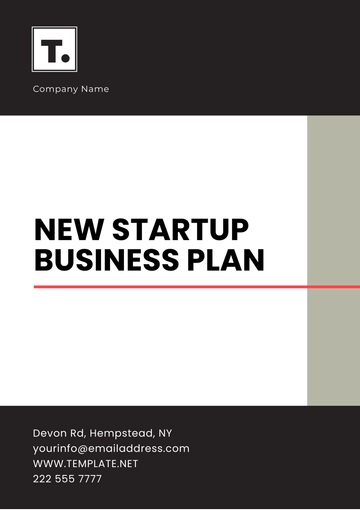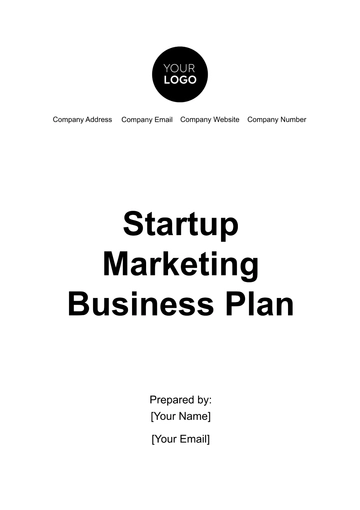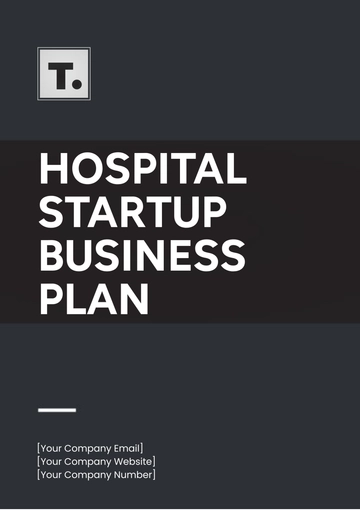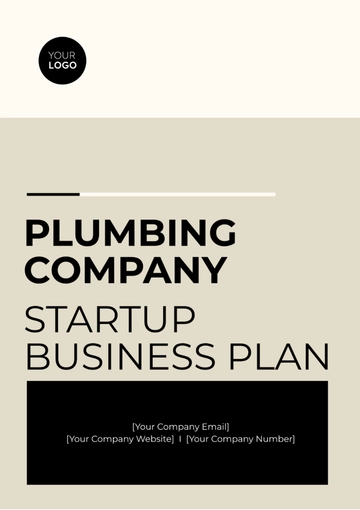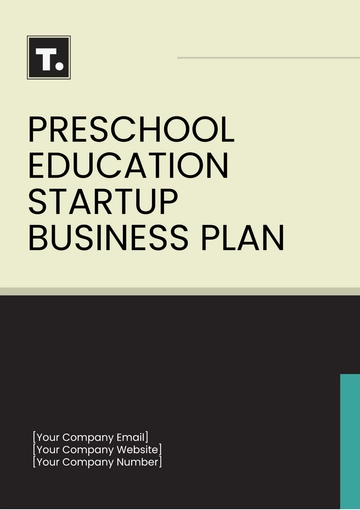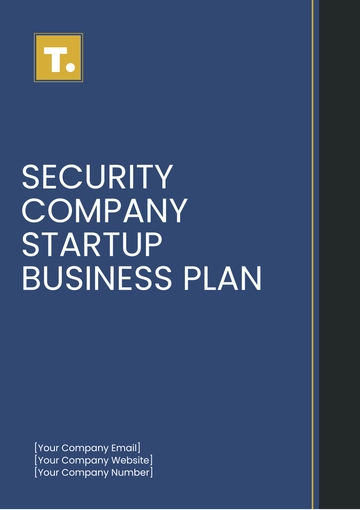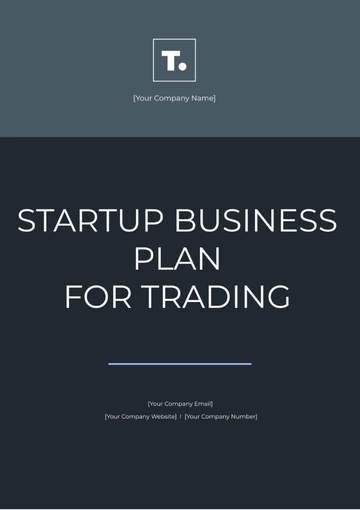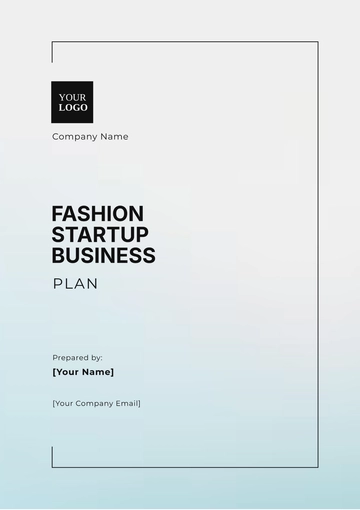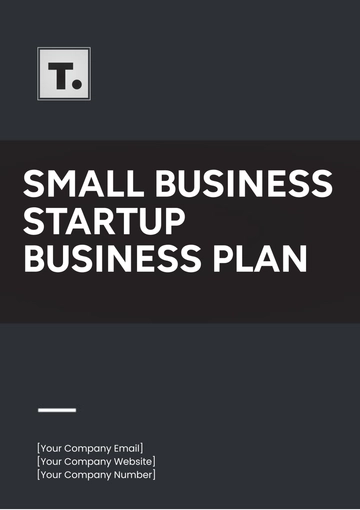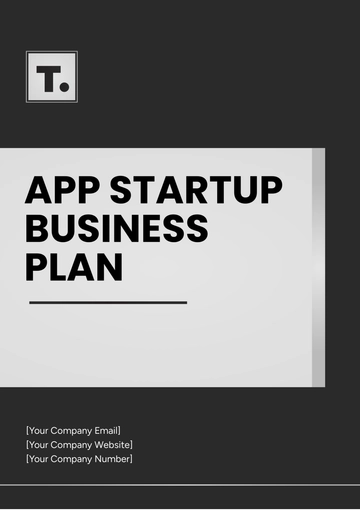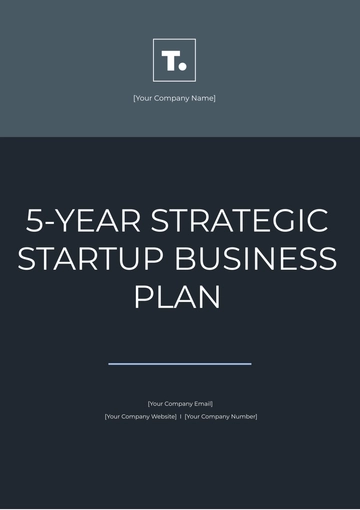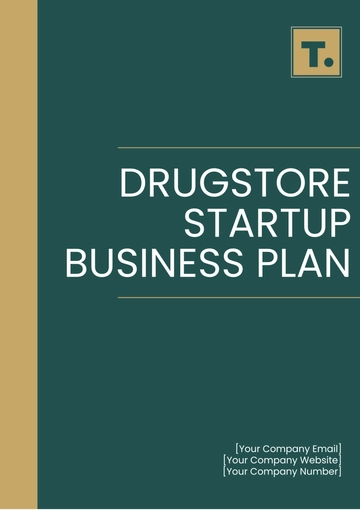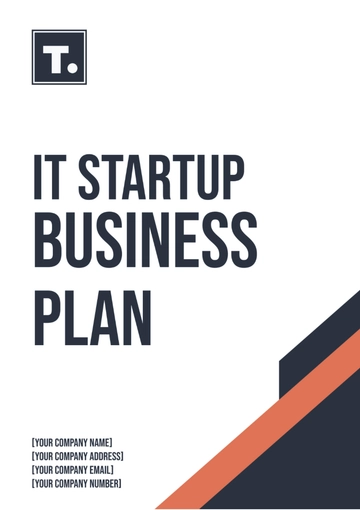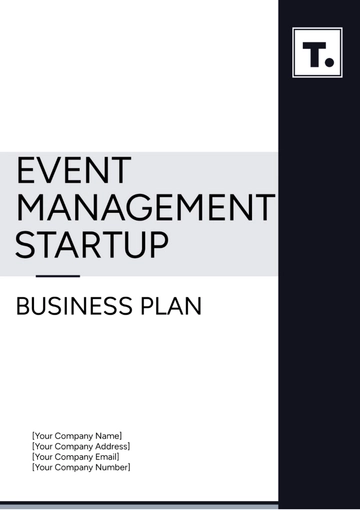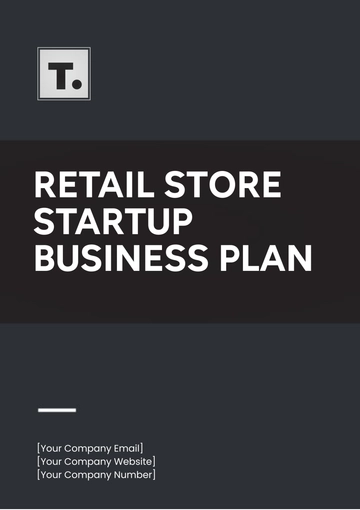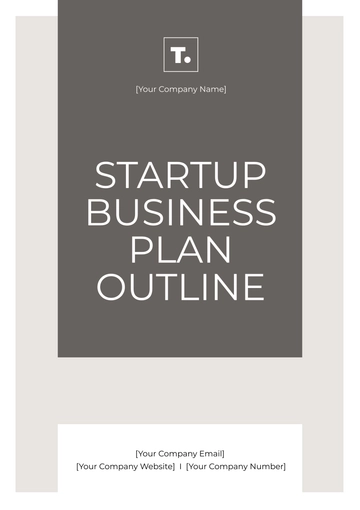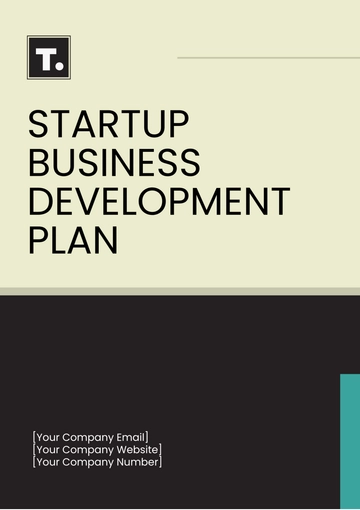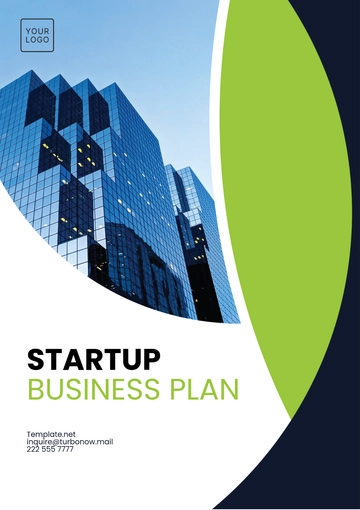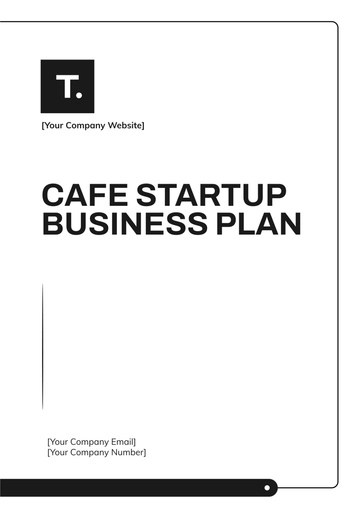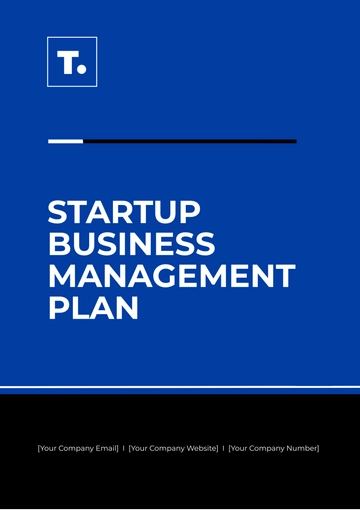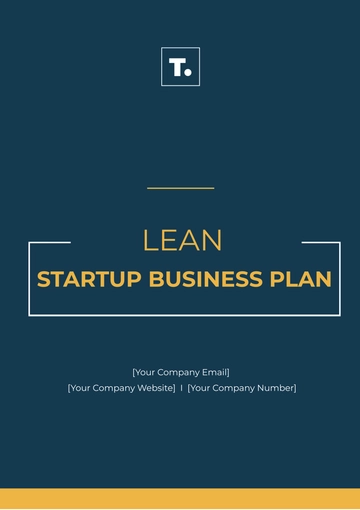Free Startup Food Business Plan
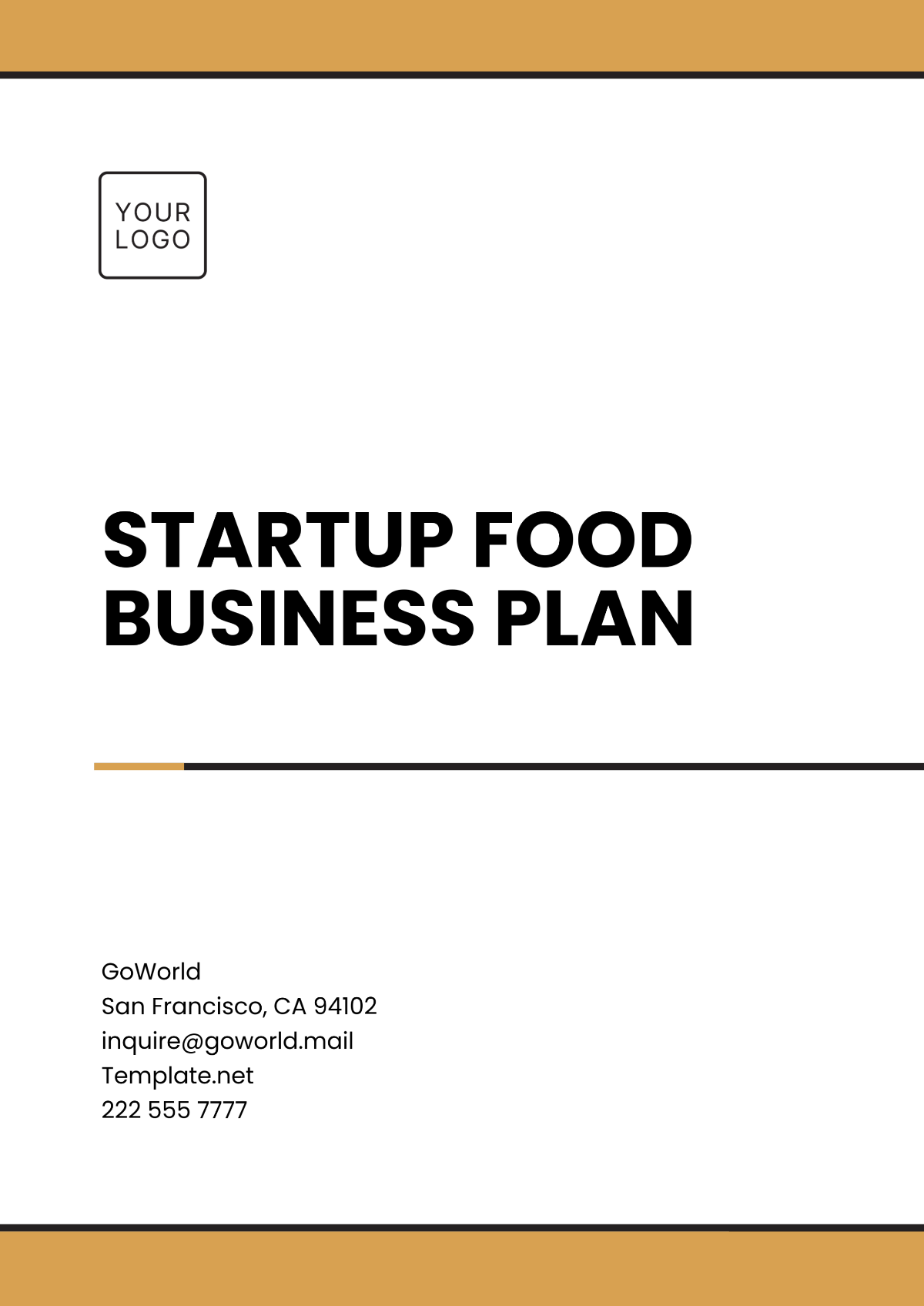
Prepared by: [Your Name]
Company: [Your Company Name]
Date: [Insert Dat
I. Executive Summary
A. Mission Statement:
Our mission is to provide high-quality, convenient, and nutritious meal options made with locally sourced ingredients, ensuring every bite is fresh, flavorful, and environmentally friendly.
B. Business Description:
[Your Company Name] is a gourmet meal kit delivery service that redefines mealtime convenience. We offer pre-portioned ingredients with simple recipes, enabling customers to prepare fresh, home-cooked meals in under 30 minutes. By prioritizing sustainability through eco-friendly packaging and partnering with local farmers, we cater to health-conscious individuals and families looking for quality and convenience.
C. Business Goals:
Launch operations within the next six months with a fully functional website and logistics system.
Achieve $150,000 in revenue in the first year by serving over 2,000 households.
Expand into adjacent cities within two years, tapping into a broader customer base.
II. Market Analysis
A. Industry Overview:
The global meal kit delivery market is expected to grow at a CAGR of 12.8% from 2050 to 2051. Consumers increasingly value convenient meal solutions that cater to their health and dietary preferences, particularly in urban areas where time constraints are significant.
B. Target Market:
Demographics: Urban professionals aged 25–45 and families with children aged 6–18.
Psychographics: Customers who value health, sustainability, and time-saving solutions.
Location: Initial launch in New York City, targeting neighborhoods with high-income young professionals.
C. Market Trends:
Growing demand for organic and sustainably sourced foods.
Increased interest in home-cooked meals due to rising health awareness.
Preference for businesses with environmentally friendly practices.
D. Competitive Analysis:
Competitors:
Blue Apron
HelloFresh
Local organic meal services
Unique Selling Proposition:
[Your Company Name] differentiates itself by focusing on hyper-local sourcing, zero-waste packaging, and an evolving menu tailored to seasonal ingredients.
III. Business Model
A. Products/Services Offered:
Meal kits for breakfast, lunch, and dinner, catering to various diets (vegetarian, keto, gluten-free).
Family bundles for households with 4+ members.
Special seasonal kits (e.g., holiday meals or summer BBQ options).
B. Revenue Streams:
Subscription services with weekly meal kit plans.
One-time purchase options for non-subscribers.
Corporate partnerships for office lunches and events.
C. Pricing Strategy:
$9.99 per meal for single orders.
Subscription plans start at $49.99 for a weekly box of five meals.
Discounts for multi-week subscriptions and referral rewards.
IV. Marketing & Sales Strategy
A. Brand Identity:
[Your Company Name] embodies freshness, sustainability, and simplicity. Our logo features a vibrant green leaf and a fork, symbolizing our commitment to fresh ingredients and wholesome meals.
B. Marketing Channels:
Social Media: Instagram and TikTok campaigns showcasing easy meal preparation and customer testimonials.
Local Partnerships: Collaborations with gyms and wellness centers for co-branded promotions.
Events: Hosting cooking workshops and farmer's market pop-ups to engage directly with potential customers.
C. Sales Strategy:
Introductory offers: 20% off the first box for new customers.
Loyalty program: Earn points for every box purchased, redeemable for discounts.
Partner with influencers to share their [Your Company Name] experience.
V. Operations Plan
A. Location:
Headquarters in [Location] with a commercial kitchen and storage facility in [Location].
B. Suppliers:
Partnering with local farms in upstate New York for fresh produce and free-range proteins.
Packaging suppliers specializing in compostable materials.
C. Technology:
Use Shopify for an intuitive online ordering platform.
Employ logistics software like ShipStation for optimized delivery routing.
D. Staffing:
Initial team of 10, including two chefs, three delivery personnel, a marketing manager, and administrative staff.
Expand to 20 employees within the first year as demand grows.
VI. Financial Plan
A. Startup Costs:
Equipment and Kitchen Setup: $50,000
Initial Inventory: $20,000
Marketing: $15,000
Operational Setup (licenses, permits, software): $10,000
Total: $95,000
B. Revenue Projections:
Year 1: $150,000
Year 2: $300,000
Year 3: $600,000
C. Break-even Analysis:
Expect to break even within 12 months, with 400 recurring weekly customers.
D. Funding Requirements:
Total required: $100,000
Funding sources: $30,000 personal savings, $50,000 small business loan, $20,000 from investors.
VII. Appendices
Sample Menu:
Lemon Herb Chicken with Quinoa and Asparagus
Vegan Thai Curry with Jasmine Rice
Spaghetti Squash Bolognese (Gluten-Free)
Marketing Mockups:
Instagram posts showcasing meal kits and behind-the-scenes stories.
Detailed Financial Projections:
Cash flow statements and expense forecasts.
Supplier Contracts:
Agreements with farms and packaging vendors.
- 100% Customizable, free editor
- Access 1 Million+ Templates, photo’s & graphics
- Download or share as a template
- Click and replace photos, graphics, text, backgrounds
- Resize, crop, AI write & more
- Access advanced editor
You may also like
- One Page Business Plan
- Coffee Shop Business Plan
- Restaurant Business Plan
- Food Business Plan
- Real Estate Business Plan
- Executive Summary Business Plan
- Cover Page Business Plan
- Nonprofit Business Plan
- Daycare Business Plan
- Construction Business Plan
- Startup Business Plan
- Medical Business Plan
- Bakery Business Plan
- Service Plan
- Hotel Business Plan
- Catering Business Plan
- School Business Plan
- Healthcare Business Plan
- Transportation Plan
- Sports Plan
- Car Wash Business Plan
- Salon Business Plan
- Clothing Business Plan
- Farming Business Plan
- Boutique Plan

